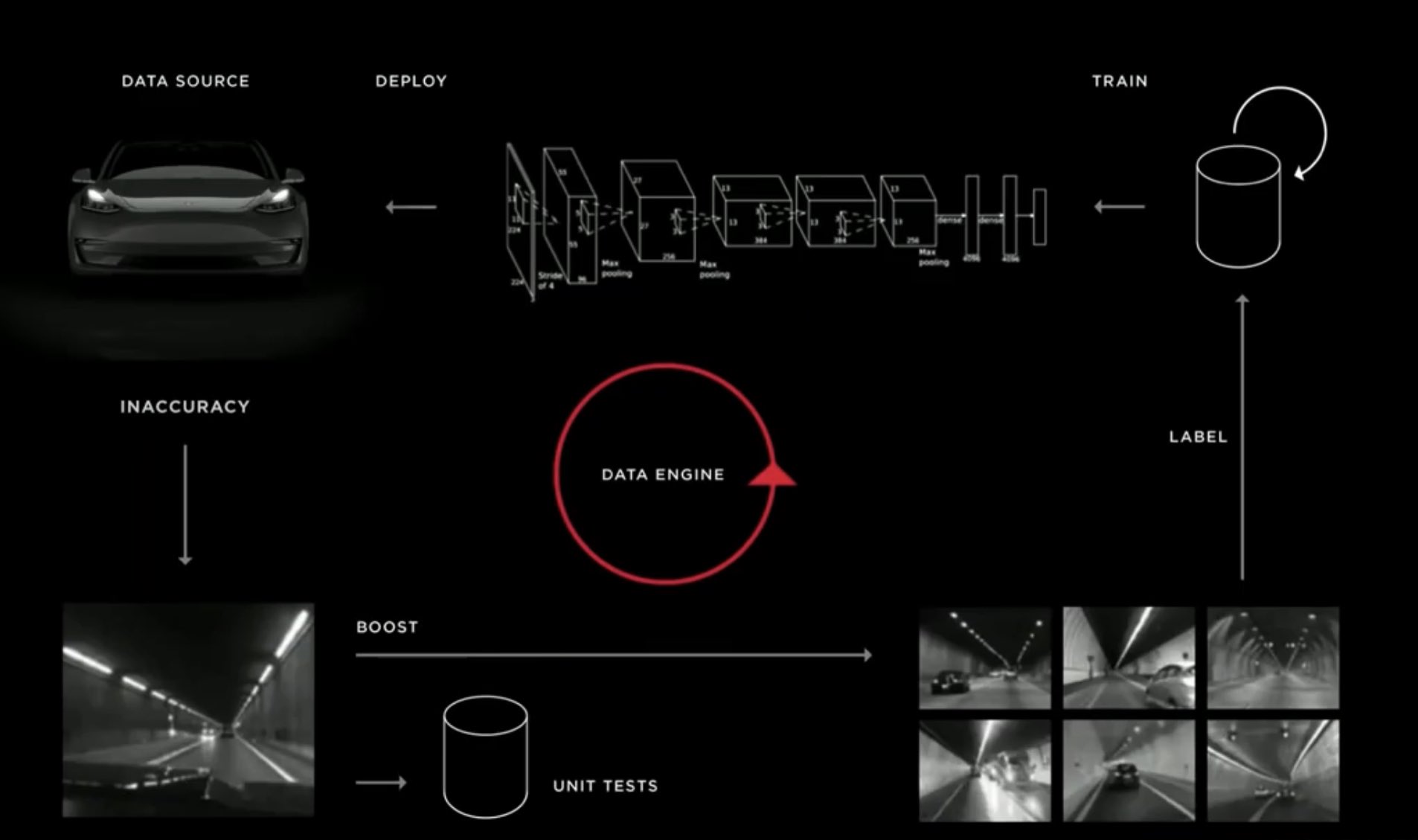I think this kind of volatility is due to a lot of traders trading very few shares. As an increasing number of funds and individuals stake out a position in TSLA for the long-term, there are fewer and fewer shares that are actually trading hands, they are just doing it more rapidly, hence the volatility. Buy, buy, buy followed by sell, sell, sell. The number of TSLA traders is likely increasing with the increasing holders. Traders like a stock that makes big moves quickly so they can get in and get out. They also like a stock on the rise. Of course, Elon's shares coming into the market is increasing the number of shares available for trading somewhat but I think the overall trend is for people to realize Tesla is a great long-term opportunity and people that previously traded it on valuation are increasingly putting it aside and holding it for the long-term.
Volatility is natural in markets, sometimes its higher and sometimes it's lower, the market will decide which it is. Even if you are a long term buy and hold investor volatility is a good thing because it provides opportunity for better entry or exit points (depending upon whether you are building a position or selling one off). If you are just holding, then it matters not even a little bit. People put too much importance on the market price and especially the fluctuations. While one can claim the market price is important because it's the best and only true measure of what a stock or company is worth, that's only as true as it is. What I mean by that is, obviously, the value of a company doesn't wildly fluctuate through the days and weeks like the share price is doing, no, the share price is always trying to find the true value. But it is distorted by so many factors that have nothing to do with the true value of the company and the shares. So that is all noise of the market trying to find the "true" value and is best ignored by a long-term holder.
A great investor has conviction in their own estimation of future value and don't constantly look to the market for confirmation. Sure, it's always nice when the market appears to confirm your estimation but that's all it ever is (an appearance of confirmation). Since the market can be fickle, it can change its mind too. That's why it's always best to focus on the company, their current performance and your estimation of their future performance, not the share price. Because the share price will take care of itself and you have no control over it.
All that said, I think the current volatility, based on the factors in my first paragraph (more traders trading fewer shares more rapidly) will lead to some massive moves to the upside in the near future. Because I think there is HUGE demand for long-term shares that will be filled on any moves lower and so the volatility will cause shares to trend higher. Much higher if the volatility continues. This is really just noise but it will have the effect of valuing more of TSLA's future growth sooner. Tesla has been 'overvalued' by traditional metrics since they went public (and rightly so). The only exception, by my analysis, was in 2019. We have always suspected that as the market learns more about what makes Tesla tick, this effect will become more pronounced. Tesla is stock that will be wildly 'overvalued' by traditional metrics as far as the eye can see (and again, rightly so).
People want a piece of a company that has nearly unlimited growth potential and a very high likelihood of taking good advantage of that potential. And that is exactly what the market is starting to see. The volatility is a natural result of traders and the rest of the market trying to figure out just how much confidence the market has in Tesla's future growth. And it really is noise if you are a long-term investor. The share price doesn't matter unless you are the kind of investor that thinks Tesla will not have a bright future, that things are great right now but that innovation will dry up, competition will become fierce and profit margins will be squeezed by having to compete with superior manufacturers that can produce at a lower cost. If that is you, then you should take advantage of this volatility by selling during or shortly after one of these bull peaks. But I see a strong future for Tesla so I'm not about to exit under $2400 this year and my number will go up next year, and the year after that, as long as I think Tesla continues to have great long-term potential. The market price is almost meaningless unless it becomes what I would consider nearly fully valued looking out a handful of years. And that's probably not going to happen because it would mean the market is more bullish than I am.
$500 more or less per share is inconsequential unless you are building a position, liquidating a position or fancy yourself a trader. Because no one can accurately predict where the price will be tomorrow, next week or next month. It's up to the market.



